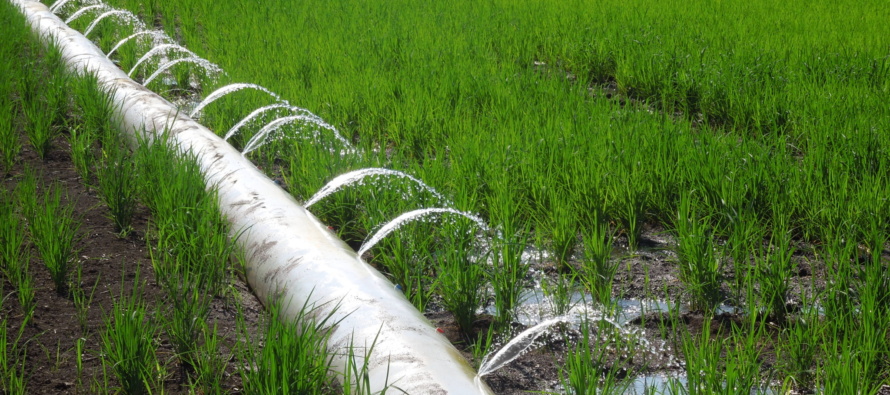On Farm Furrow Irrigated Rice Results

Related Articles
- Rice Variety Trial Results For 2010, Plus Rice Research Report 0
- Rice Seeding Rate Calculator and Chart 0
- 2011 Rice Burndown Considerations 0
Latest Tweets
Over the last few weeks we have made an attempt to explain the data we have concerning furrow irrigated rice. The first installment explored the small plot research conducted by Lee Atwill, MSU Graduate student. Small Plot The second installment tried to take an in depth look at what we think is happening from a yield prospectus in the field. Yields In continuation, this week we look at the results from last years “on farm” trials. It should be noted the we only have two years of small plot data and one year “on farm” available.
“On farm” research trials attempt to look at the real world. “On farm” trials evaluate real world data, uncontrollable and sometimes un-explainable, but hopefully with enough time and locations, the data gives producers a glimpse of what they can expect on their farm. These “on farm” results are the averages across locations of different producers management styles, different consultants, different varieties, different planting dates, all averaged together to create a picture of what furrow irrigated rice may look like on your farm.
The 2017 furrow irrigated trials consisted of twelve locations. Yield data was reported from all twelve location while water use data was collected on eight. Producers were required to have two adjacent fields planted at the same time with the same variety. One of the fields was furrow irrigated and the other irrigated conventionally utilizing multiple inlet and alternate wetting and drying irrigation management. The producers managed the furrow irrigated side utilizing irrigation instructions from the researcher as a guide. The researcher made the irrigation decision on the AWD field based on the Pani tube measurements. ( click here AWD ) All agronomic practices on both fields were controlled by the producer and his consultant. Presented are the results.
When comparing furrow irrigated rice to multiple side inlet using AWD techniques, water use from the eight “on farm” location was basically the same. While the water use range was from 12 acre inches to 30 acre inches for furrow irrigation, indications are that producers are doing a good job with water use.
The above slide represents the average yield data from the twelve locations. Remember these data are averages across locations, varieties, and individual management styles. Weed control was not an issue based on observation and producer comments. Two producers commented on the possibility of additional treatments for broad-leaf weeds. Fertilizer applications were basically multiple split shot applications. Graduate student, Reed Kelly conducted rice water weevil counts at five of the locations. Across all locations he found the rice water weevil densities were significantly reduced in the upper one-third of the furrow irrigated fields. It should be noted that all sampled fields had standing water on the lower portion of the fields.
Here is a field where the Producer could not get his levees pulled due to rain. The producer used a Orthman to pull the furrows, layed the polypipe, applied preflood fertilizer and cut the pump on.









Let me tell You a sad story ! There are no comments yet, but You can be first one to comment this article.
Write a comment